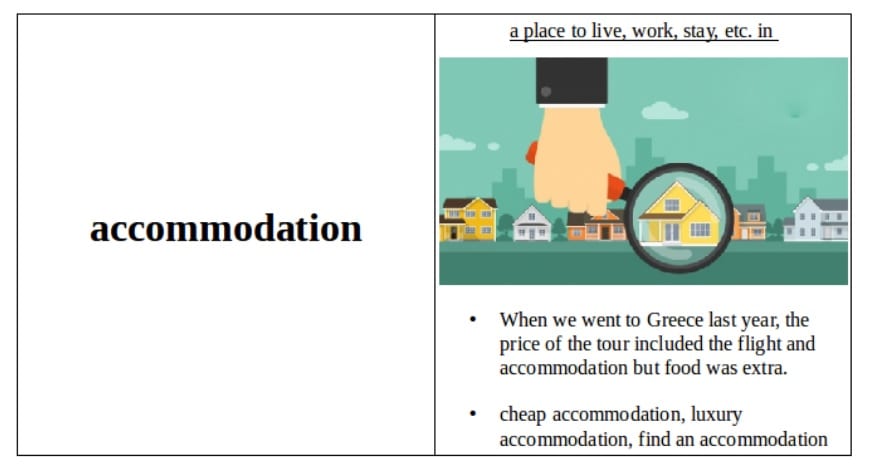Peer teaching is a strategy which means that one learner with a deeper knowledge of the subject helps and instructs fellow students. As we always look for ways to make our teaching process more student-centered, this strategy opens up new horizons and brings a number of benefits.
It’s not a secret that most teenagers enjoy interacting with each other more than with their teachers. Peer communication is usually less intimidating than doing open-class activities or talking to the teacher face-to-face.
If you ask teenagers to teach each other, both sides will get something out of such experience. The ‘tutor’ has to focus on skills needed for presenting information effectively and revise the material to act confidently. The ‘learner’ gets some new knowledge and is more open to ask questions or ask for help. Shy or unmotivated students will be encouraged to interact with their groupmates. All this can result in a faster rate of learning and greater retention of material.
A safe way to implement peer teaching in your classroom is allowing students to teach each other vocabulary. It is easier to do than grammar and takes less preparation time. Below you will find some ideas on how to do that.
Test-teach-test
When we start a new unit in a coursebook, the first pages are usually dedicated to vocabulary. Matching tasks and gap-fills in teenage books always require some proper presentation. But why don’t you turn it upside down for a while? Take a look at the exercise below:

Instead of presenting the target vocabulary, ask students to look at the words and mark them using the symbols +, — or ?. If they know a word, they mark it with +. For those words which are new — is used. ? is for something they’ve met but can’t explain clearly. After that, put learners in pairs and ask them to compare their marking and help each other with new or problematic vocabulary. Then, you can combine them into new pairs. By the end of the activity, you will have not more than a couple of words to explain yourself.
Word experts
This strategy is good when students have to memorize new vocabulary from a text or a unit. It works especially well with longer word lists for revision or, for instance, word lists for exams like KET or PET. Each student is given 5-6 words and acts as a word expert. Word experts take time to prepare special word cards. A word card may include the word itself, its dictionary definition, an illustration, an example, idioms, synonyms, antonyms, or some collocations. It may look like that in digital format but can be easily done with pen and paper only:
 After the cards are ready, teenagers work in pairs and show each other the illustration and try to elicit the meaning of the word from it. Step by step, they cover the definition, synonyms, examples and so on. Students work in this way and teach the partner their set of words. Then, they can rotate with other students. If you are revising for an exam or final test, you can allocate 10-15 minutes of each lesson to work with these cards.
After the cards are ready, teenagers work in pairs and show each other the illustration and try to elicit the meaning of the word from it. Step by step, they cover the definition, synonyms, examples and so on. Students work in this way and teach the partner their set of words. Then, they can rotate with other students. If you are revising for an exam or final test, you can allocate 10-15 minutes of each lesson to work with these cards.
Song lyrics
You can find out from your learners what vocabulary areas they need by linking it to topics
they are interested in. What we often do with my teenage groups is working with songs. The point is that I don’t choose any of the songs myself. I ask the students to find a song they particularly like and, as part of their homework, prepare a handout with a couple of vocabulary exercises. This works well with higher levels as students are used to working with dictionaries and have done a number of vocabulary exercises themselves to understand their structure. The instructions to students for creating such a worksheet are the following:
- Find the lyrics, read it, make sure that everything is clear.
- Copy the full lyrics into a doc file.
- Create 2 exercises: a gap-fill, a matching exercise, an unscramble exercise, or something you’d like to focus on.
- Bring the file to class on your USB or email it to me before the lesson.
I print out the tasks and the student who created them acts as a teacher for 10-12 minutes of the lesson. We aim to connect the topic of the song with the unit topic, so this kind of peer teaching works well for revising and extending topic vocabulary.
Sharing is caring
If a student missed the class and didn’t look through the target vocabulary, he or she might be left behind. However, you can provide an opportunity for students to share what they’ve learned. Spend 5 minutes at the beginning of a lesson and let students remind each other the words from the previous class. For someone who wasn’t attending that is a valuable chance to grasp some of the vocabulary and feel more secure.
Also, you can ask teens to pay attention to new words which they come across while doing their homework or extensive reading or just surfing the net. Let them jot such words down on little cards and consult the dictionary to make sure they get the meaning. Once a month or once in a couple of weeks they can bring these cards to the class and tell each other in pairs or groups about their findings. As teenagers tend to focus on the words which are meaningful or necessary for them, such information exchange will be not just useful but also exciting for them.
All in all, peer teaching lexis is effective, encouraging and student-centred. It has proven to boost students’ productivity and, consequently, their results. What’s more, peer teaching works towards activating teenagers’ intrinsic motivation. Why don’t you give it a try?






 Вероника Аветисян
Вероника Аветисян 
 Маргарита Аветисян
Маргарита Аветисян 


